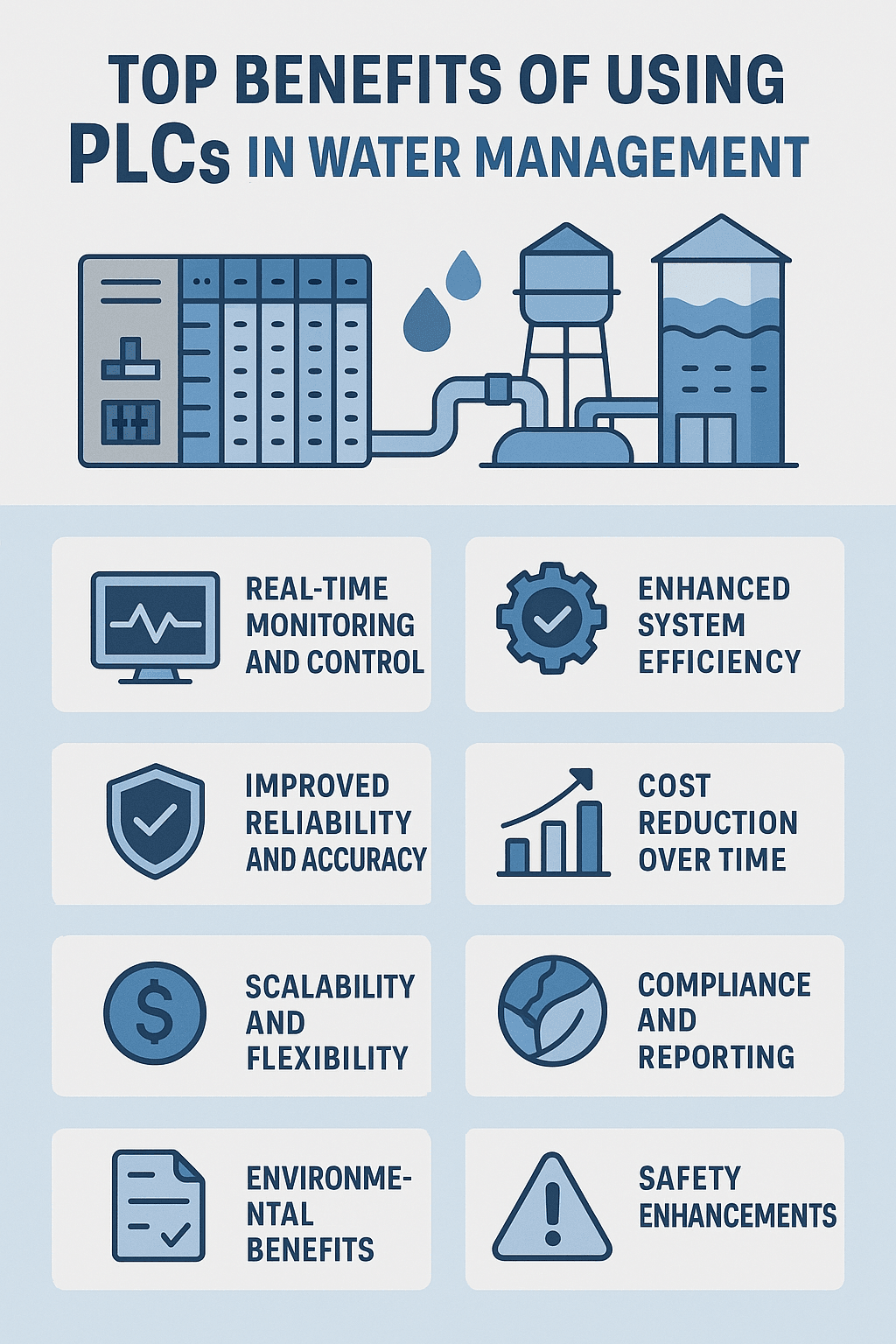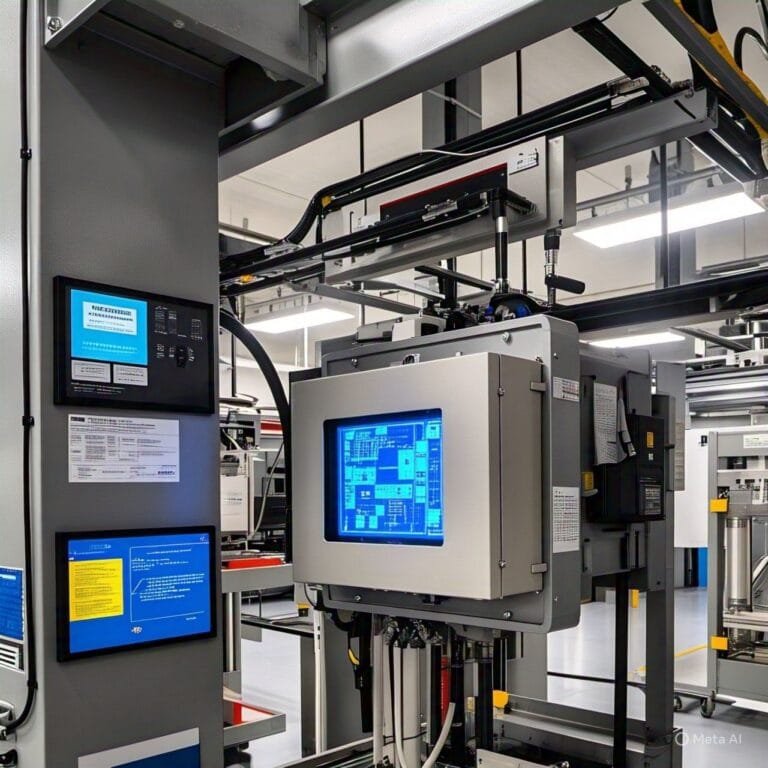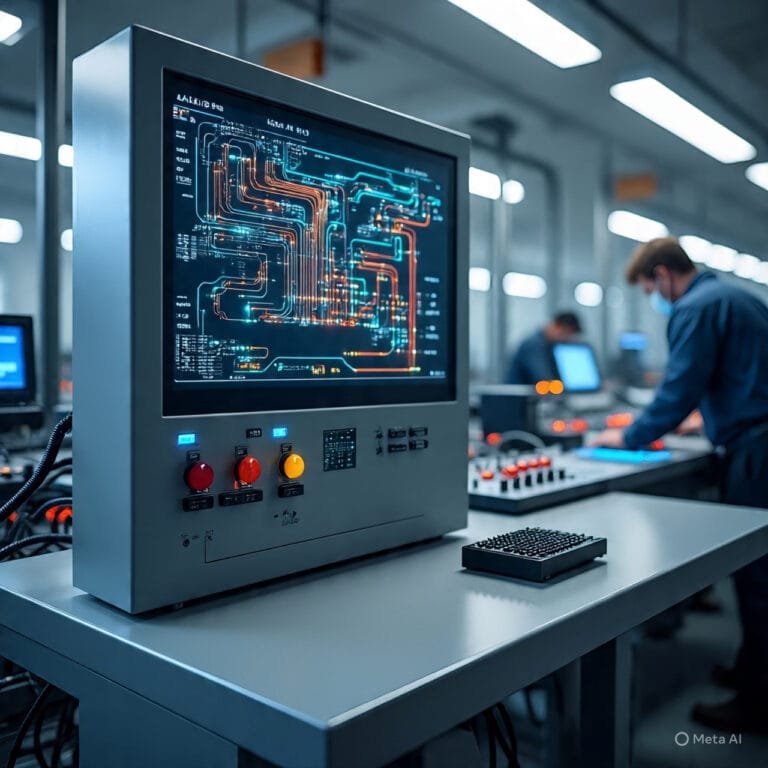The Role of Analog Output in Process Automation
In the world of industrial automation, accuracy, reliability, and flexibility are paramount. Among the essential components of a process automation system, analog output modules play a critical role in bridging the gap between digital control systems and real-world applications. One such high-performance module, the 170AAO92100, exemplifies the efficiency and precision that modern automation demands.
Understanding Analog Output in PLC Systems
Programmable Logic Controllers (PLCs) are the backbone of modern automation systems. They process digital data but often need to communicate with analog devices—motors, valves, actuators, and sensors—that operate on variable voltages or currents.
What is Analog Output?
Analog output is a method used by PLCs to send variable signals to field devices. Unlike digital output, which can only switch between ON and OFF, analog output provides a range of values, typically measured in:
-
Voltage (e.g., 0–10V)
-
Current (e.g., 4–20mA)
This capability is essential when controlling the speed of a motor, the position of a valve, or the intensity of a heating element.
Why Analog Output is Critical
Without analog outputs, automation systems would lack the precision required for processes that depend on continuous control. Applications such as chemical dosing, temperature regulation, and pressure control all rely heavily on analog signals to function correctly.
Introducing the 170AAO92100 Analog Output Module
The 170AAO92100 is a trusted analog output module used in process automation for high-performance and scalable control. It is designed to integrate seamlessly with Modicon PLC platforms and offers excellent flexibility in output signal types.
Key Features
-
High-resolution output signals for precise control
-
Compact design for space-saving in control cabinets
-
Easy integration with various industrial protocols
-
Robust performance in harsh environments
By incorporating the 170AAO92100 into your automation system, you can ensure smooth and responsive control of analog devices across a variety of industrial applications.
Applications of Analog Output in Process Automation
Analog output modules like the 170AAO92100 are utilized in diverse industries including manufacturing, food processing, oil & gas, and pharmaceuticals. Here’s how they’re applied:
Motor Speed Control
In applications where variable motor speeds are required, analog signals provide the voltage or current necessary to adjust the drive outputs. This is especially useful in conveyor systems, mixers, and pumps.
Valve Positioning
Many flow control systems rely on proportional valves. An analog output adjusts the valve’s opening based on the process conditions, allowing precise fluid control.
Temperature Regulation
In HVAC and industrial heating applications, analog outputs control heating elements or variable speed fans to maintain a setpoint temperature with minimal deviation.
Benefits of Using the 170AAO92100 Module
Precision and Reliability
With high-resolution analog output, the 170AAO92100 provides accurate signal transmission, minimizing error and improving control quality.
Scalable Integration
Whether you’re upgrading a small plant or deploying a large-scale automation solution, the module offers flexibility for easy expansion and compatibility with Modicon systems.
Cost-Effective Operation
Analog output modules streamline automation by reducing the need for manual interventions and complex wiring, saving both time and money.
Enhancing HMI Integration in Process Control
While analog output modules like the 170AAO92100 handle the process control side, Human-Machine Interfaces (HMIs) allow operators to monitor and interact with these processes in real-time. For optimal efficiency, proper HMI mounting and design are essential.
One useful accessory is the HMIZCFA16S, a front-panel mounting kit designed for select HMI screens. This unit ensures that the display is both accessible and securely installed, enhancing visibility and usability on the production floor.
Benefits of Using HMIZCFA16S
-
Simplifies HMI installation
-
Protects interface hardware from dust and debris
-
Improves operational ergonomics for technicians
By integrating accessories like HMIZCFA16S with your automation hardware, you streamline operator workflows and reduce system downtime.
Best Practices for Implementing Analog Output in Automation Systems
To get the most out of analog output modules like the 170AAO92100, consider the following best practices:
Calibrate Regularly
Ensure that analog outputs are calibrated to the devices they control. This maintains signal integrity and reduces process variability.
Use Shielded Cables
Shielded cables help prevent signal interference from nearby devices, ensuring consistent and noise-free output performance.
Monitor Performance
Integrate feedback loops using analog input modules to monitor output device behavior. This enhances overall system accuracy and enables predictive maintenance.
Combine with HMI Solutions
Pair your output modules with HMI solutions mounted via accessories like HMIZCFA16S to provide real-time insights and control.
Conclusion
Analog output is a vital component in modern process automation, enabling precise and scalable control of complex industrial systems. Modules like the 170AAO92100 provide high-performance signal output that empowers operators to optimize production with confidence. Coupled with HMI mounting solutions like the HMIZCFA16S, businesses can create efficient, user-friendly automation systems that are both durable and adaptable.
As industries continue to embrace smart manufacturing, analog output modules will remain central to achieving accurate, responsive, and data-driven process control.







